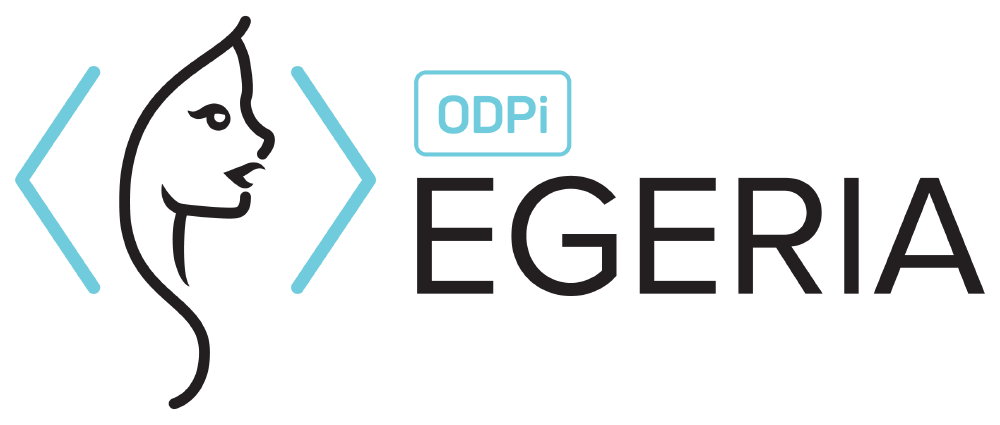Egeria

Figure: Egeria logo
Egeria provides the Apache 2.0 licensed open metadata and governance type system, frameworks, APIs, event payloads and interchange protocols to enable tools, engines and platforms to exchange metadata in order to get the best value from data, whilst ensuring it is properly governed.
Egeria: Scalability Analysis
Egeria is an open-source project that provides open metadata governance, allowing easy sharing of metadata across systems. In our previous 3 essays we have covered Egeria’s vision, architecture, and the code quality. We have seen examples of how ING and IBM use Egeria to share metadata across different services using Egeria as a middleman 1. We have also seen that Egeria invests in being open-source, adaptable, extendable, and lightweight to run for both reaching a high adoption rate and being a flexible platform2.
Egeria
March 28, 2022
Egeria: Quality and Evolution
Introduction Egeria is an open-source project that provides open metadata governance, allowing to easily share metadata across systems. In our previous essays, we have discussed Egeria’s product vision and the software architecture. In this essay, we discuss the implemented key quality attributes, look at the code and process quality, code change hotspots, and technical debt.
Implemented key quality attributes The system’s key quality attributes, which you can find in the architectural design principles1, consist of the following: autonomic, integratable, adaptable, extensible, fair ecosystem, trustworthy, inclusive, and educational.
Egeria
March 21, 2022
Egeria: From Vision to Architecture
Introduction In our previous essay we focused on the product vision and the underlying problem Egeria is trying to tackle. Now we will see how this product vision translates to the Egeria architecture, and with what underlying principles that architecture was designed and how it evolved.
We will start with a general overview of the systems architecture with the design trade-offs, followed by a more in-depth discussion of the architecture through different views and the Egeria API.
Egeria
March 14, 2022
Egeria: Product Vision and Problem Analysis
In this essay we will explain the underlying issue that Egeria is trying to solve, efficiently utilising all value in and managing metadata. In addition to giving a layout of what Egeria is currently doing and planning to do to tackle this challenge.
We start by introducing the Egeria project, explaining the key concepts and the underlying domain model. Then, we present the features, benefits, interested parties, and ethical implications of the system before talking about where the project currently stands and its future roadmap.
Egeria
March 7, 2022